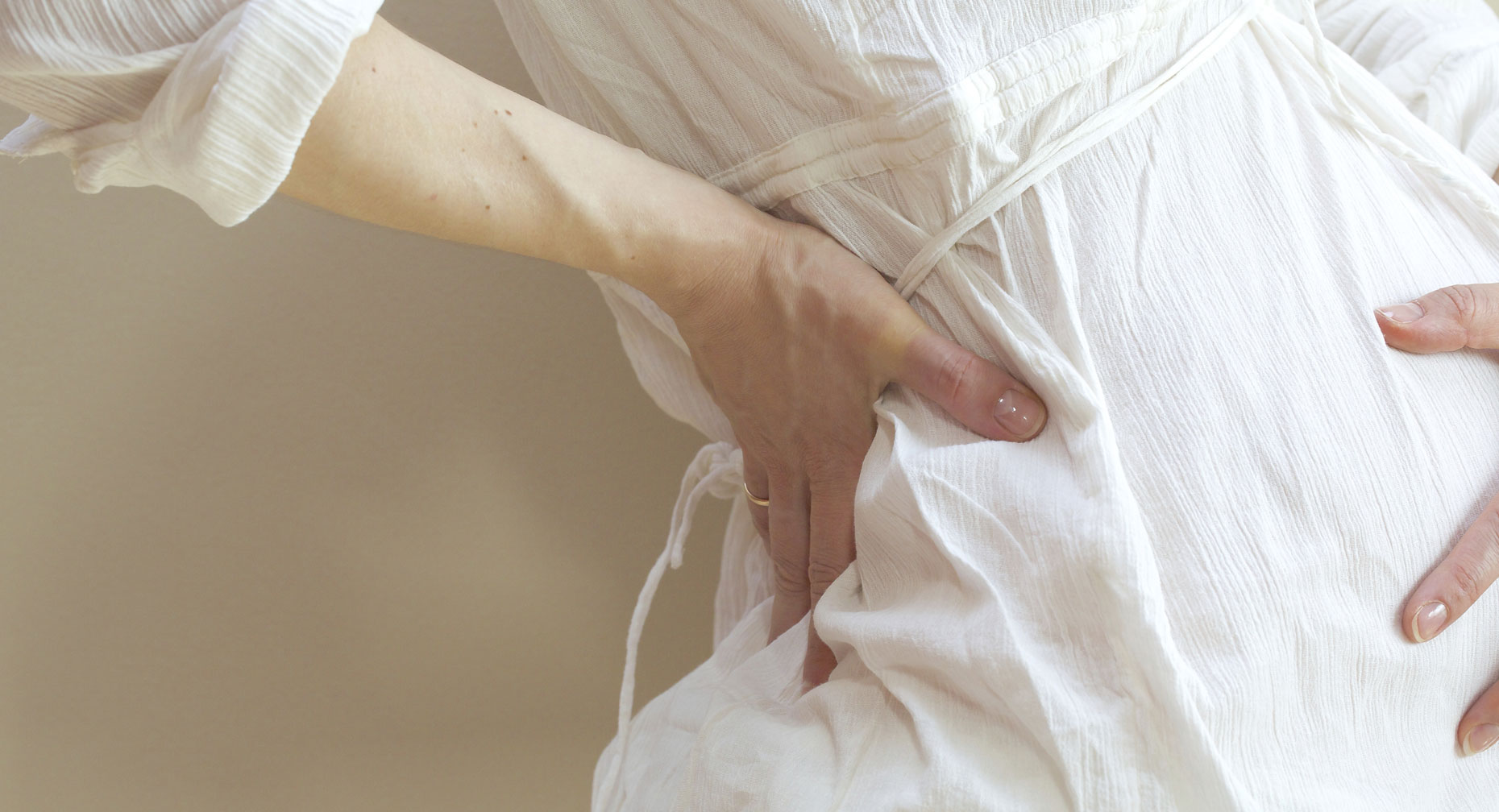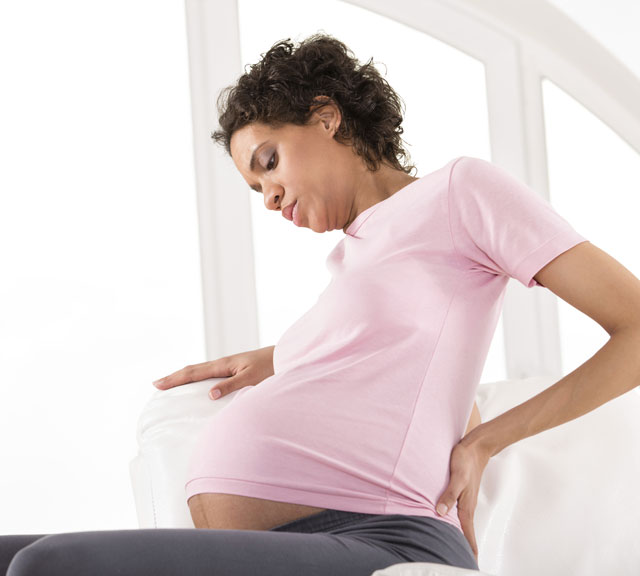5 Signs That You’re Really in Labor

Answer a few questions and we'll provide you with a list of primary care providers that best fit your needs.
It’s been a long pregnancy, and you’re close to the nine-month mark. But how do you know when the “big day” is really here?
You’re in term labor if:
- Your contractions are strong. A contraction is when the muscles of your uterus tighten up like a fist and then relax. “If each contraction lasts a full minute and you can’t walk or talk, it’s likely to be labor,” says David S. McKenna, MD, who specializes in maternal-fetal medicine at Perinatal Partners.
- Your contractions are regular. Your contractions are about five to 10 minutes apart or less, and they’ve been going on for an hour.
- The pain in your belly or lower back doesn’t go away when you move or change positions.
- Your water breaks. Your baby has been growing in amniotic fluid (the bag of water) in your uterus. When the bag of water breaks, some women have a rush or trickle of water coming out of the vagina. If your water breaks, go to the hospital and contact your doctor or health care provider
- You have a bloody (brownish or reddish) mucus discharge. A small amount of mucus, mixed with some blood, that’s expelled from the vagina indicates a woman is in labor. This discharge is usually a normal occurrence and is called “bloody show.”
It’s probably not term labor if:
- You only feel that the baby has dropped lower, also known as “lightening.” That occurs from a few weeks to a few hours before real labor begins.
- Your contractions aren’t strong and aren’t increasing in strength. Those are probably <health">title=Braxton Hicks;healthinfo=Labor and Childbirth: Your Body Prepares contractions. They are real contractions, but they’re just not real labor. These contractions are normal but can be painful at times. You might have them more at the end of the day.</health">
- Your contractions aren’t regular. Sporadic contractions often are Braxton Hicks contractions. One good way to tell the difference is to time the contractions. See how long it is from the start of one contraction to the start of the next one. Keep a record for an hour.
- Your contractions go away when you walk or change position.
- Your contractions go away after drinking fluids.
If each contraction lasts a full minute and you can’t walk or talk, it’s likely to be labor,” says David S. McKenna, MD.
If you think you’re in labor, call your doctor or health care provider, no matter what time of day or night, to get his or her opinion if you should head to the hospital. “Particularly with a first pregnancy, it’s common for a woman to come in and not really be in labor,” says Dr. McKenna. “But don’t hesitate to do that.”
Answer a few questions and we'll provide you with a list of primary care providers that best fit your needs.
Source: David McKenna, MD, Perinatal Partners; American College of Obstetricians and Gynecologists; March of Dimes





